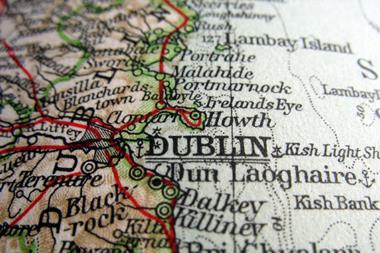Pension savings in Ireland have staged a strong recovery since the financial crisis, growing by 70% to €107.8bn at the end of 2014, data from the Irish Association of Pension Funds (IAPF) shows.
The association said in its latest annual investment survey that this was the highest level of pension savings on record, with assets having risen from €63.5bn at the end of 2008, and from €91.5bn at the end of 2013.
Jerry Moriarty, chief executive of the IAPF, said: “While there are many issues that need to be addressed to ensure that more people can enjoy retirement, we often lose sight of the fact that we have a well-developed pensions system in Ireland with a substantial amount of savings.”
Defined benefit schemes (DB) — whose assets stood at just over €67.4bn at the end of last year — increased their bond exposure in the course of last year at the expense of equities allocations, the survey revealed.
These schemes have reduced equities allocations to 42.5% in 2014 from 47.5% in 2013, while expanding their allocation to bonds to 41.2% from 36.7%.
This development followed the trend of recent years, the association said, with equities allocations having fallen from 66.3% of total DB assets at the end of 2007, and bonds having expanded from an 18.5% allocation.
This was due to a combination of a general move away from riskier assets and regulatory pressure, Moriarty said. The Irish regulator has repeatedly let its displeasure over the level of equity risk in the DB system be known.
“However, with bonds providing very low or negligible returns, schemes are under pressure to find assets that provide returns but maintain risk at acceptable levels,” Moriarty commented.
Schemes were trying to balance regulatory pressure to move more assets into bonds, at a time when those bonds carried both a significant investment risk and little or no return, he said.
“The significant outside forces of QE have undermined and almost reversed the status quo of pension investment strategy, which is likely to require a rethink at a macro level,” Moriarty said.
Allocations to alternatives within DB schemes increased to 8.0% at the end of 2014 from 7.2% a year before, with 6.2% of assets invested in absolute return funds and hedge funds.
The survey showed that defined contribution schemes still preferred active management with an increase in assets managed this way to 68.5% in 2014 from 67.4% in 2013.
For DB schemes, however, passive management was becoming increasingly prevalent, with 62% of them managed this way at the end of 2014 compared to 54% in 2011, the data showed.








No comments yet